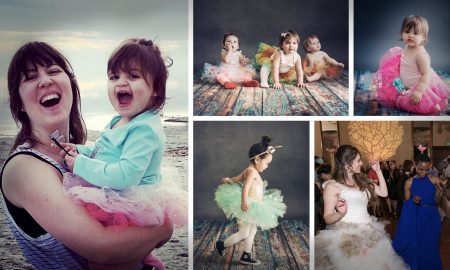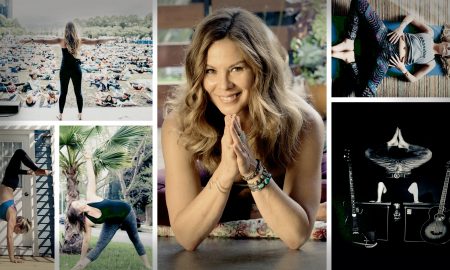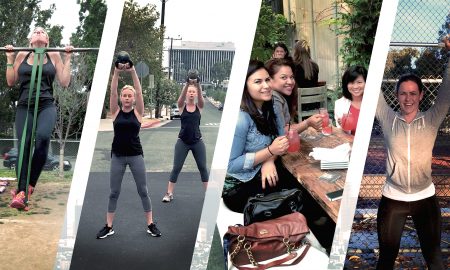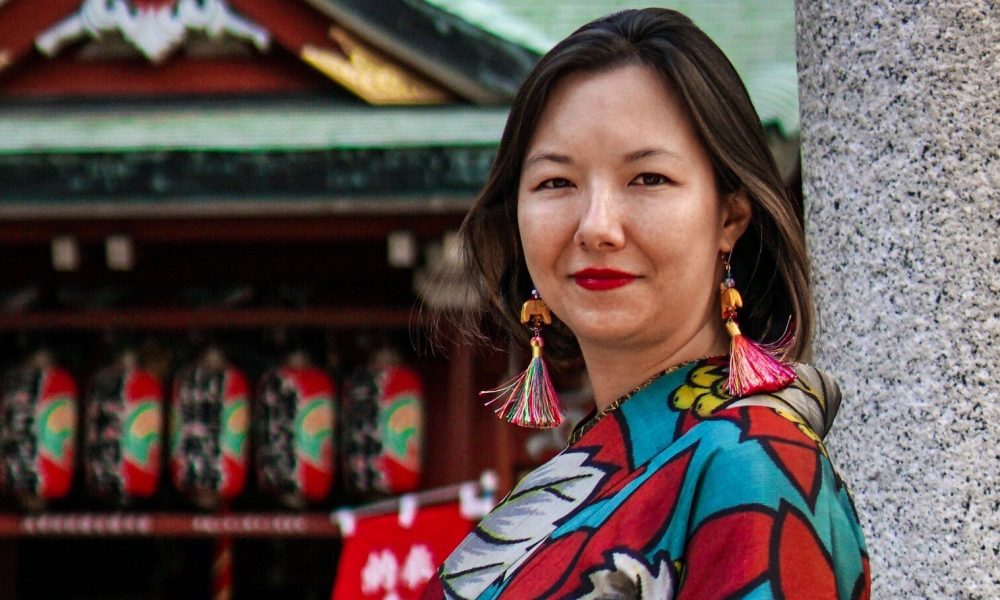

Today we’d like to introduce you to Laura Wong.
Laura Wong
I went to Occidental College for undergrad, majoring in Costume Design with an emphasis in Japanese Textiles. I then went to UCLA for my MFA in Costume Design. I have been working in the costume department for film and TV since 2011 in a variety of roles, but primarily as a fabric buyer and assistant designer. I enjoy the process of bringing costumes to life from a sketch, through the build process from sourcing fabric to construction, then to set, and finally to screen.
In addition to my costume work, I have had a lifelong interest in Japan and specifically Japanese textiles. I have been studying the subject for over 17 years.
I spent six months living in Japan back in 2006 and first fell in love with kimono while living there and experiencing it firsthand. During my time there, I conducted research into the role of kimono in contemporary society and created a street fashion project documenting the unique fashions of the Harajuku neighborhood in Tokyo. I became increasingly interested in how kimono was evolving to suit a more contemporary lifestyle and how traditional Japanese clothing was often seamlessly mixed with Western clothing. After coming back, I had the opportunity to return to Japan on a research fellowship in Okinawa and Hokkaido, where I studied the unique textile traditions of the minority populations of those specific regions.
Back in the U.S., I spent four years studying the art of kimono dressing with the Southern California branch of the Yamano College of Aesthetics, which has its headquarters in Tokyo. After completing the Okuden course in 2018, I am now a licensed kimono dresser and sensei.
In 2020, feeling a bit burnt out from the grind of the film industry, I decided to start my own vintage Japanese textile business called BORO BORO.
In Japanese, the phrase “boro boro” literally refers to something that is tattered, worn out, and falling apart. There is a type of textile known as “boro”, which usually refers to cotton textiles, often indigo, that have been repaired, stitched, and patched many times over the course of their lives. Boro garments were often worn by farmers and rural families and passed down over generations, gaining more layers and detail as they were handed down from person to person.
The word “boro” can have some negative connotations, as some would see these textiles as worn out and no longer useful or a reminder of less affluent times, but I believe there is a unique beauty and practicality to them. The amount of work and detail involved in their creation makes them just as if not more beautiful as any newly made textile in my mind. Today, these textiles are very highly prized among collectors for their detailed stitching and as an example of the concept of “mottainai” or a sense of regret over waste.
BORO BORO was founded on this idea of appreciating that which is old and giving vintage items that others might discard a new life. Many of the textiles we carry are no longer in production or are vintage pieces that were handed down through generations, and I am thrilled to be able to give them a second life so that they can continue to be used and loved.
It has certainly been a learning process! There are a lot of things about running a small business that I had no idea what I was getting into as a solopreneur. For example, I never had any interest in accounting, website SEO, or marketing but here I am wearing multiple hats!
I finished filing all the paperwork to form my business with the city in February of 2020, intending to do markets and events, but obviously the COVID lockdown had other plans for me. In a way, it was a blessing in disguise because it forced me to learn how to build out a website and run an ecommerce business.
I would say the most rewarding part has been connecting with my customers and getting to know the people who eventually end up taking my pieces home.
With BORO BORO, my goal is to help make kimono culture more accessible to those who are outside of Japan by providing a space for both kimono enthusiasts and those who are new to kimono to learn about the culture, history, and craftsmanship that goes into making these unique garments. As a licensed kimono dresser and sensei as well as a costumer and fabric buyer for the film industry, I am in the unique position to be able to help educate people about not only how these garments are made but also how they are worn, when, and why.
Even in Japan, many people today don’t know how to wear kimono. Because it is no longer a part of daily life for most people, kimono have been relegated primarily to formal occasions and rigidly codified by kimono schools as far as proper appearance. When kimono becomes only something for special occasions, many people are priced out because those pieces are so expensive, so many people prefer to rent rather than buy kimono for these occasions. As a result, the market has shrunk dramatically over the last few decades. Many kimono artisans are dying off with no one to replace them, which means these textile traditions are at the risk of being lost.
There is a younger generation now that is more interested in casual kimono that is less rigid and able to be more of a part of daily life. Many young people in Japan are purchasing vintage kimono and mixing them into their modern wardrobes in creative new ways. Other young Japanese designers are doing innovative things with modern textile printing technology and fusing kimono with Western elements. With cultural dress all over the world, there is a tendency to see it as stagnant and fixed, but the reality is that fashion worldwide is constantly changing and evolving, and fashion is not exclusively a Western phenomenon.
In addition to our vintage textiles, I also do a small line of goods each year made with upcycled kimono fabrics including tote bags, pillows, coasters, and our signature indigo chore coats.
I am excited to be a part of the future of modern kimono and hope that as more people around the world learn about kimono culture and these unique textiles, we can ensure that these pieces continue to be produced, appreciated, and loved for years to come.
As I mentioned earlier, the covid lockdown forced me to pivot my business plan immediately after I started it from an in-person market-based model to an e-commerce model. For the year or two after starting, I ended up having to do exclusively online sales, as in-person events were not happening during that time. In the end, it made my business stronger by having to do all of that work upfront to create my website and make that side successful, and now that things have opened back up again, it has made it easier to transition back into in-person events by having that existing infrastructure in place.
Contact Info:
- Website: https://www.shopboroboro.com/
- Instagram: https://www.instagram.com/shopboroboro/
- Facebook: https://www.facebook.com/shopboroboro/
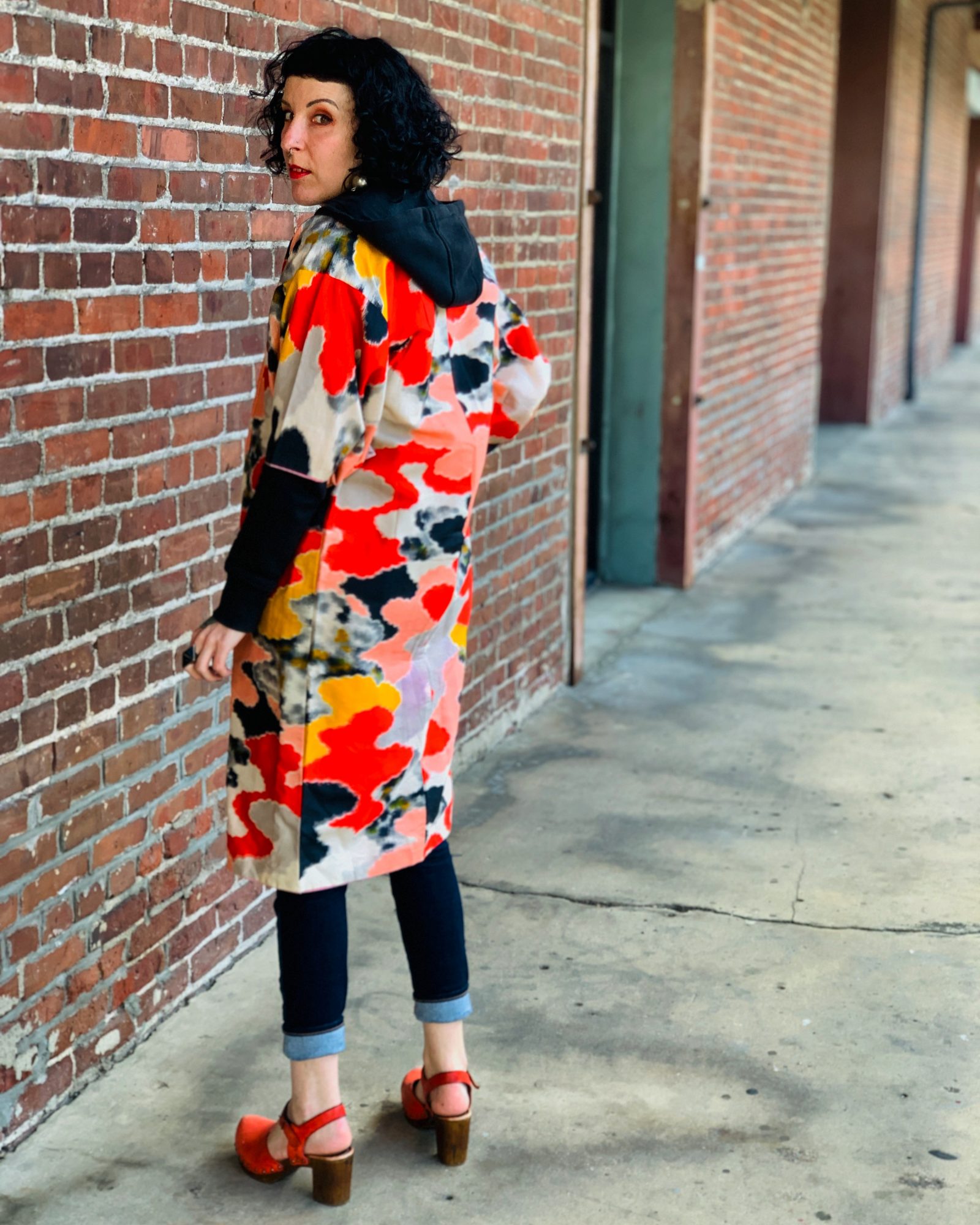
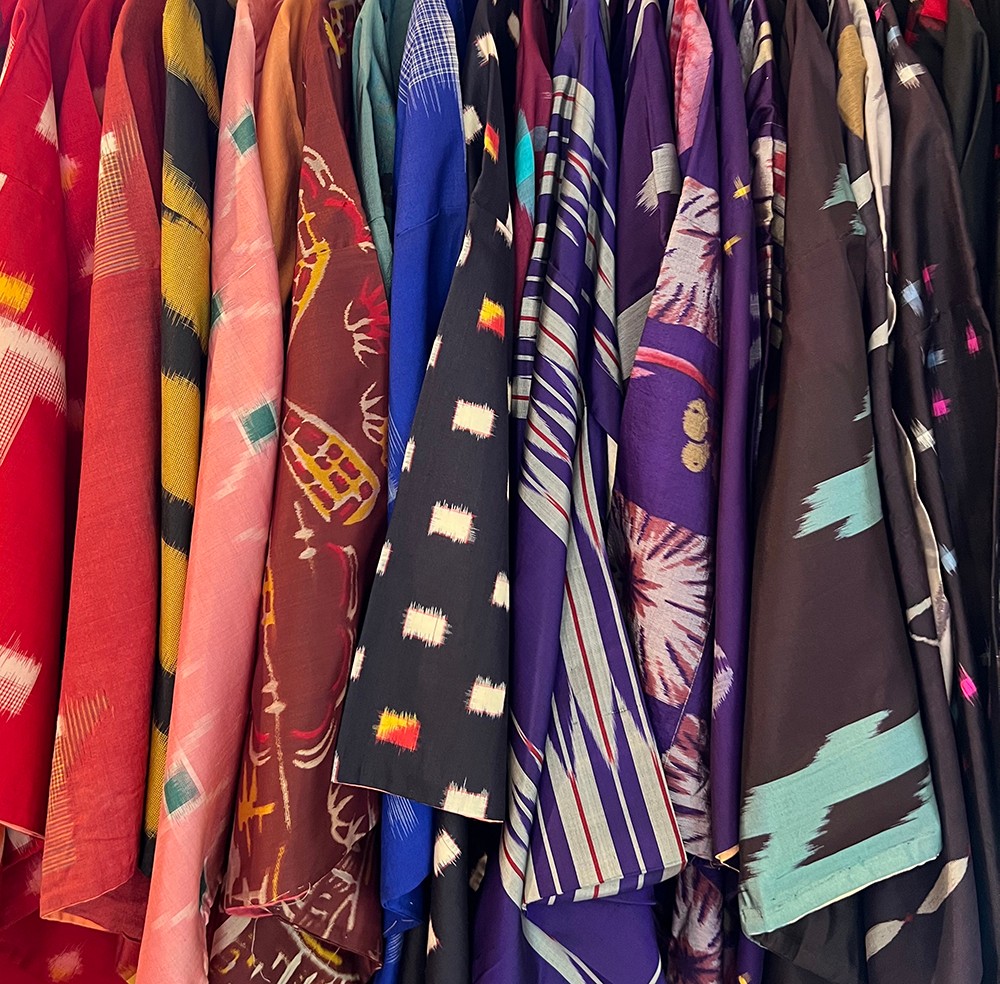

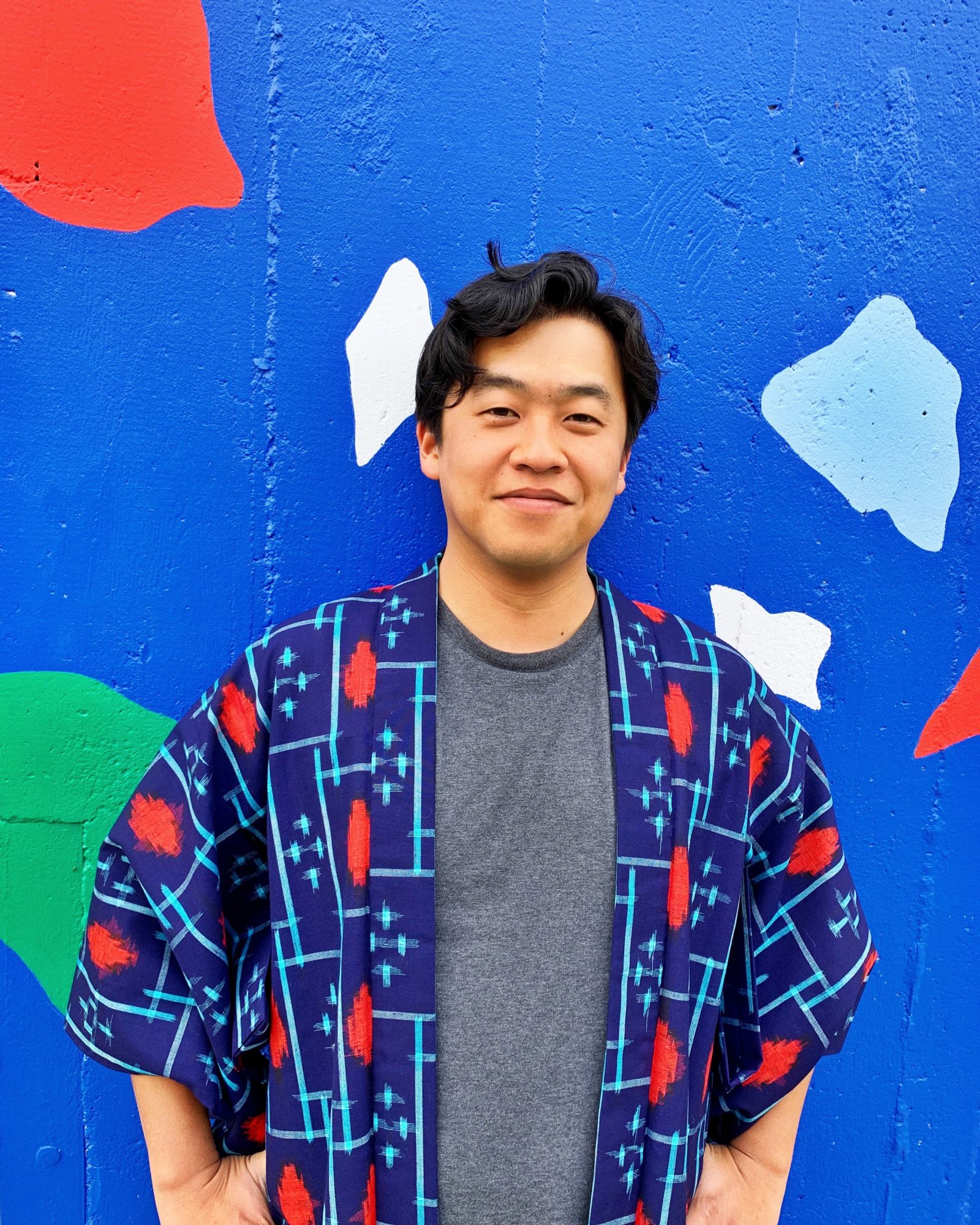
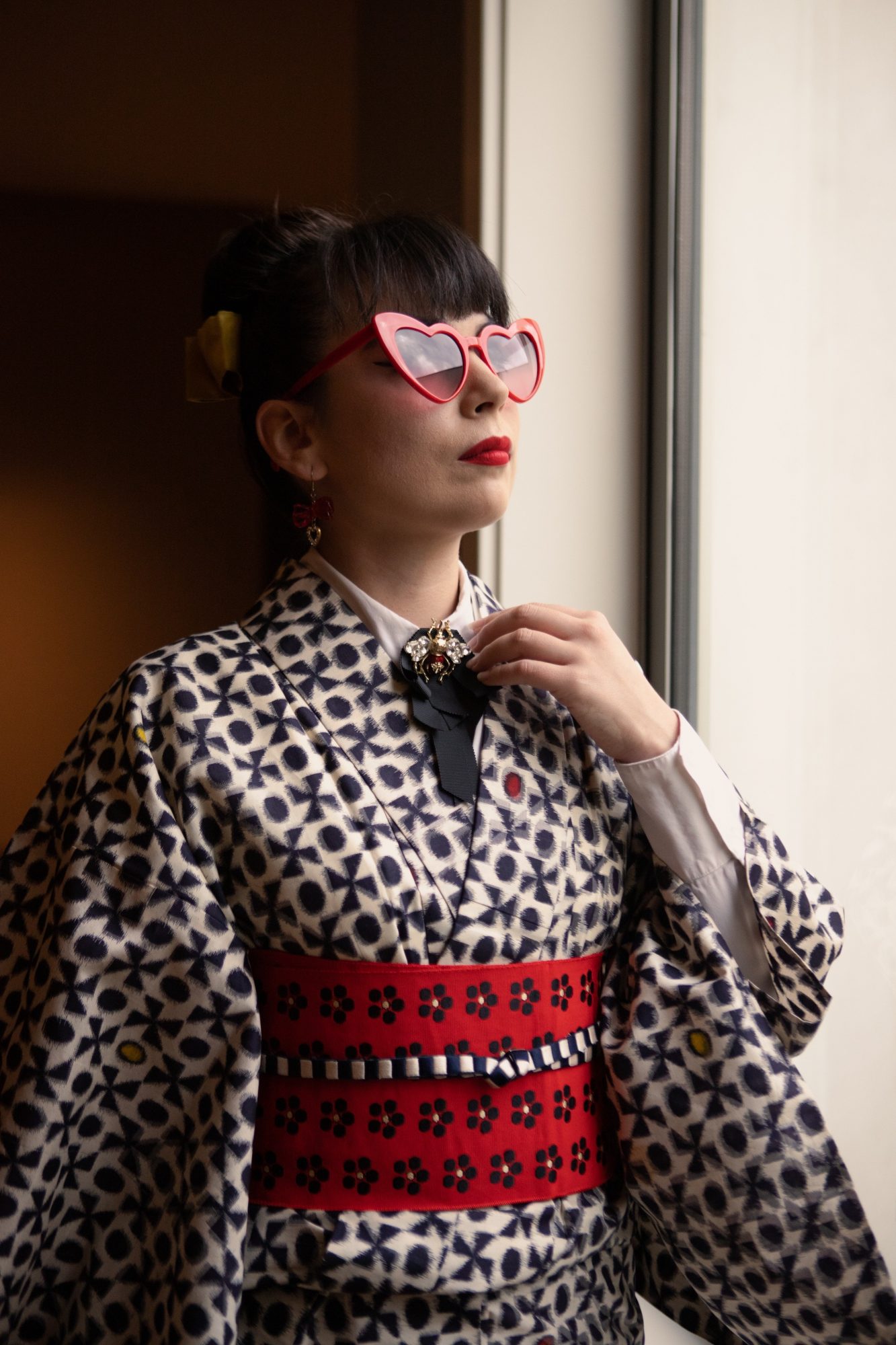
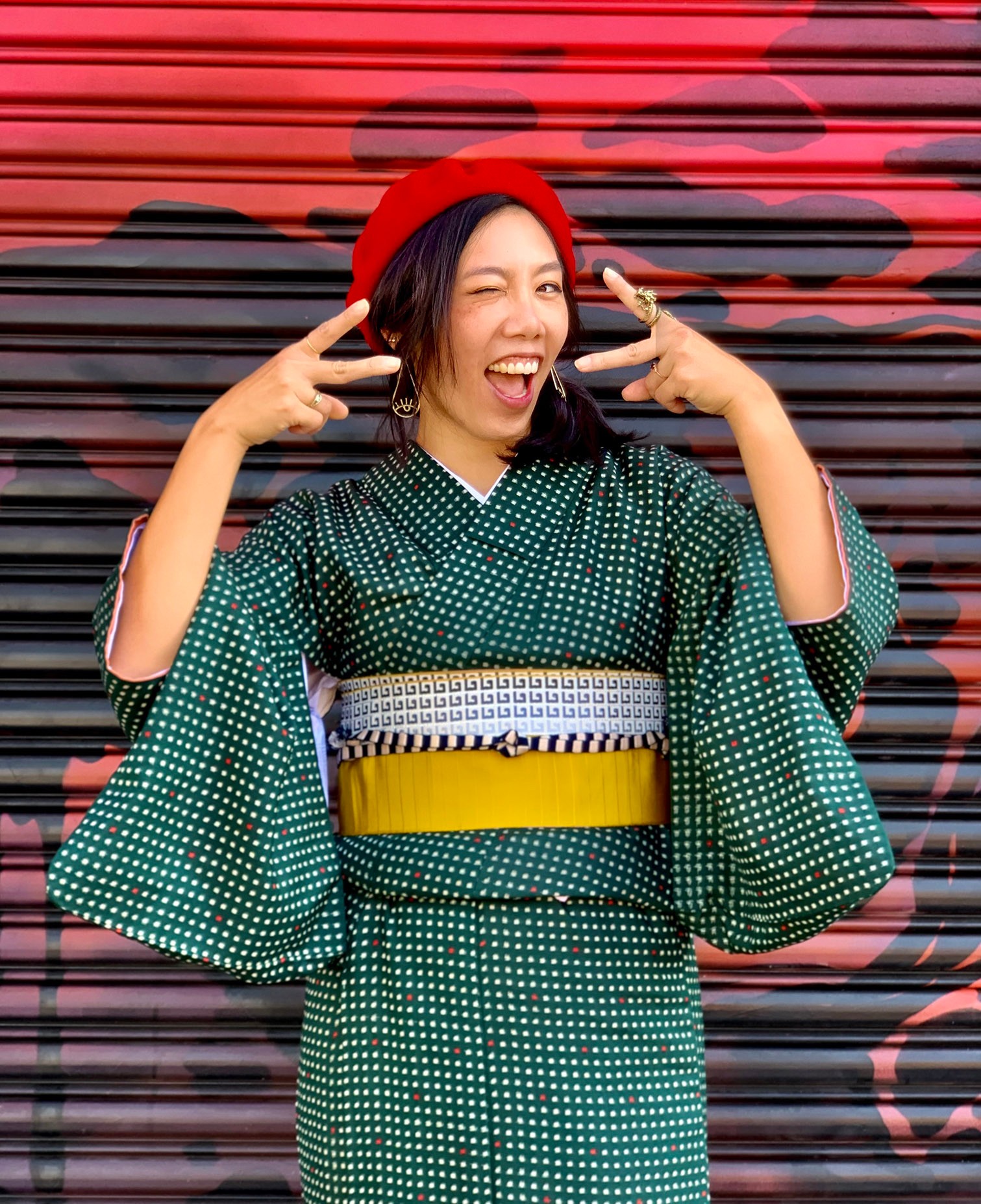
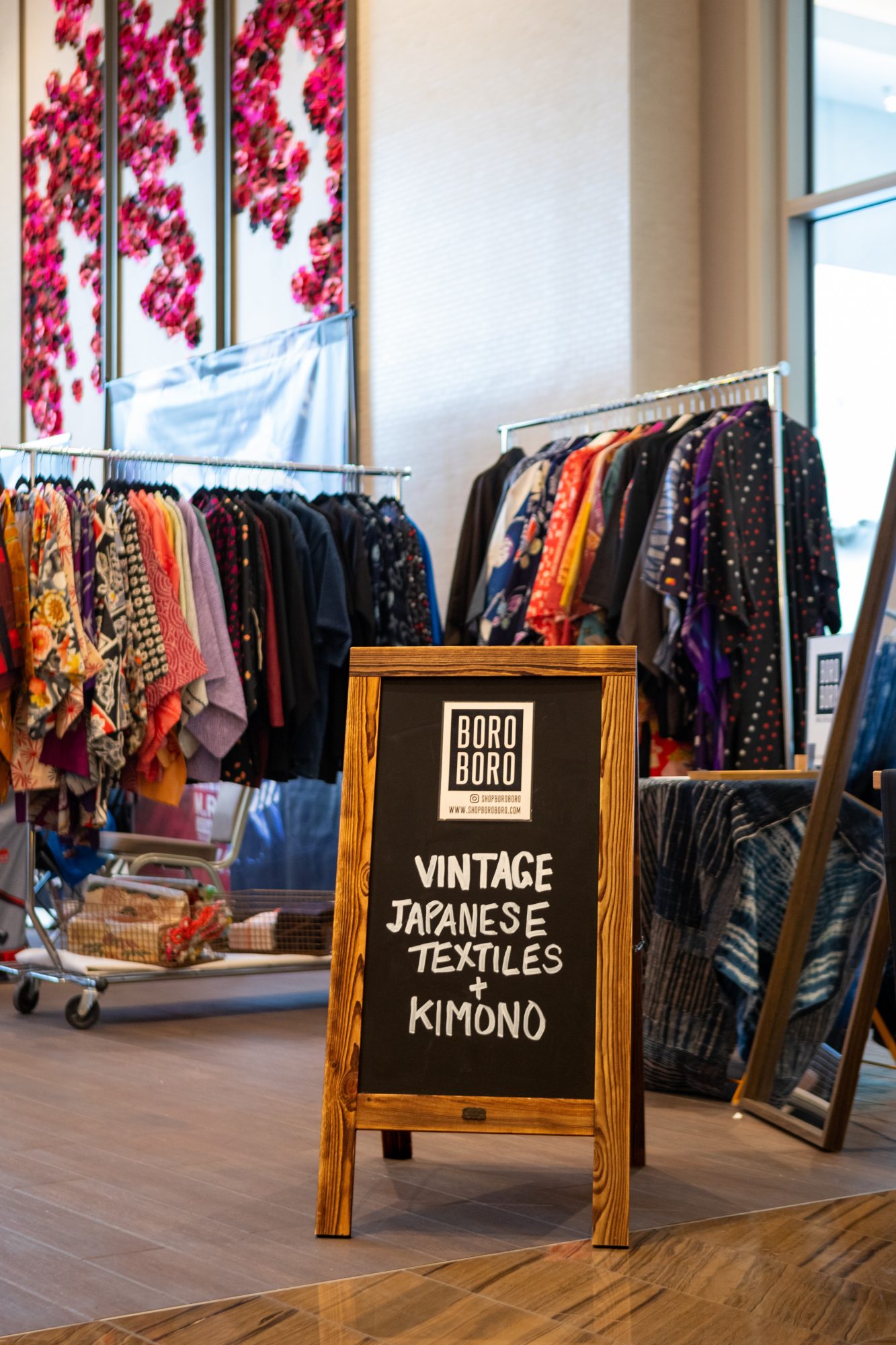
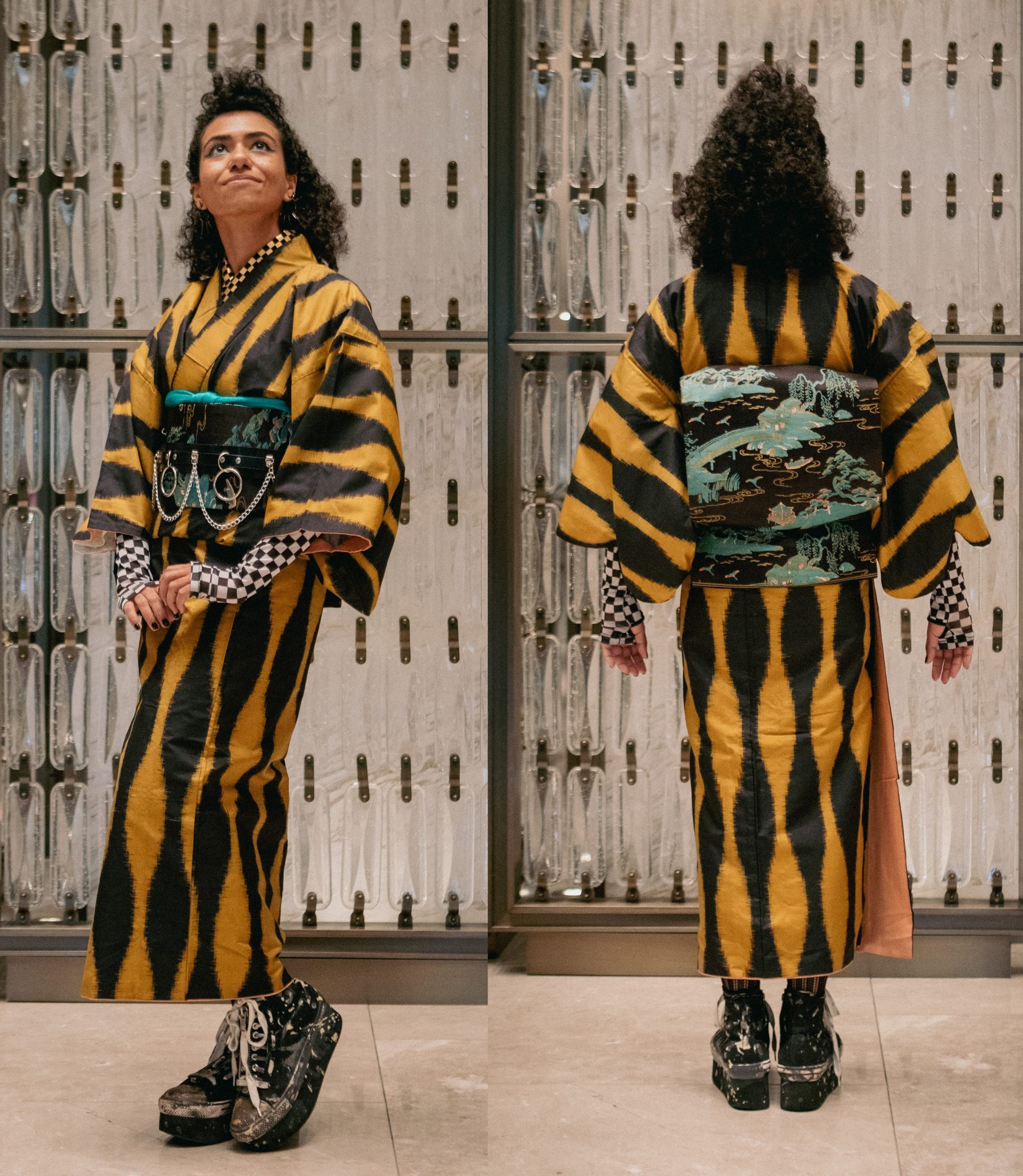 Image Credits
Image Credits
For the first photo/personal photo of myself, photo credit to Anji Salz For the photos of the girl in the yellow and black kimono, the girl in heart glasses, and the photo of my chalkboard sign, photo credit to Drew Ganyer. All other photos taken by myself, Laura Wong


